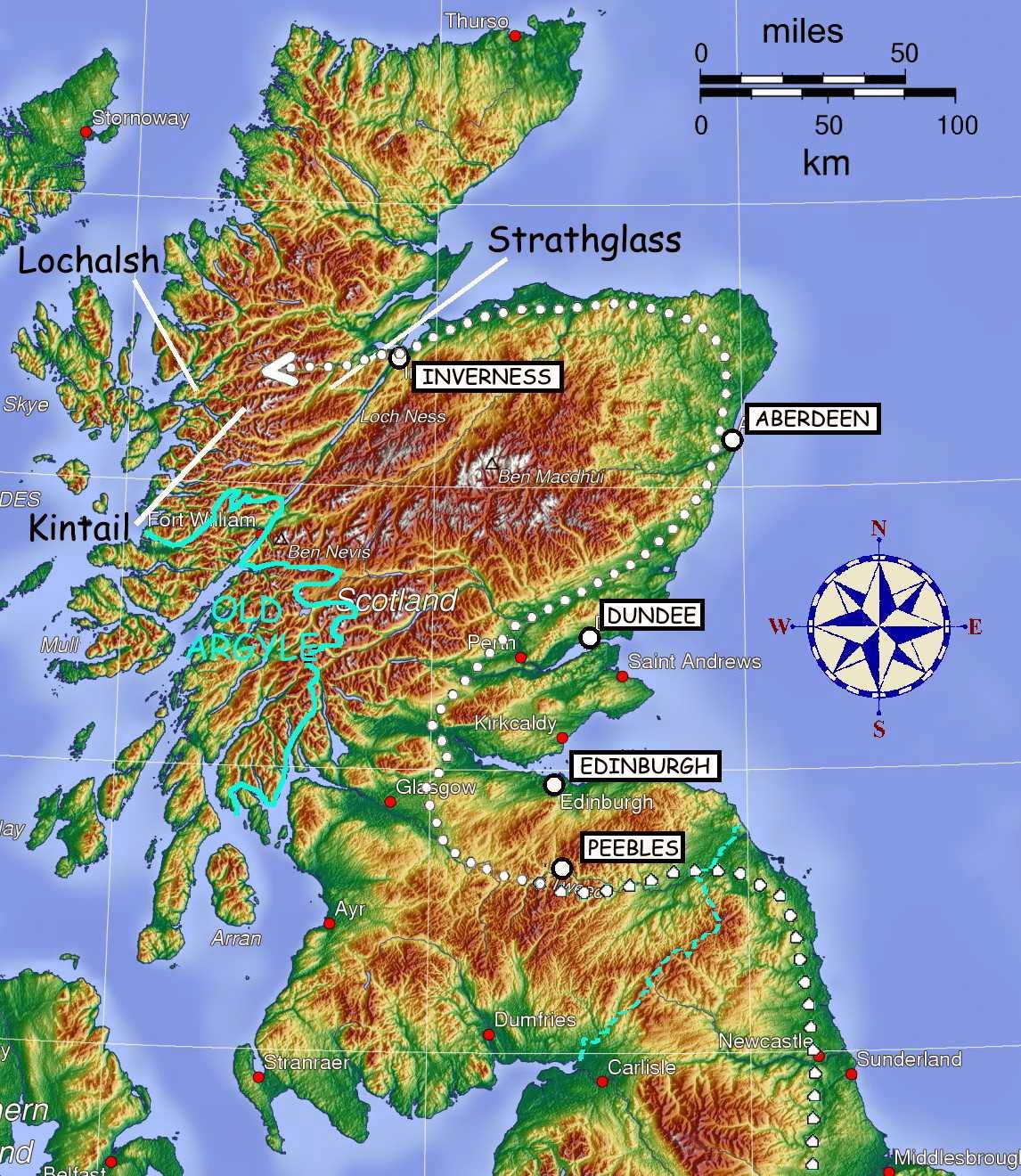Hello Again!
Welcome to Hogwarts Geography!
In this post, I'd like to focus on the climate and weather typically experienced at Hogwarts.
The weather in the wizarding world is much more temperamental and extreme.
Whereas we experience the change of seasons in a progressive way, seasons are much
more instantaneous on the Hogwarts grounds.
The weather also can easily be altered by changes in dark forces.
As Voldemort began to build up his army, the weather surrounding the school darkened into storms.
Wizards have also been known to make it snow unconsciously through their emotions.
 |
| The first leaf falls from the Whomping Willow tree... |
 |
| Then, realising it is time for Fall, all other leaves fall immediately. |
The climate of the western highlands does experience some extremes of their own regardless of the wizards. Prevailing Atlantic winds come into the highlands from the south-west bringing warm wet air and making it one of the windiest and wettest places in Europe. The Western Highlands can average 120 in. of rain per year. The climate is classified as a Cfc. Meaning it is a Mild-Midlatitude Climate that is wet all year and has cool summers.
Temperatures throughout the winter typically reach a maximum of 5-7°c. Winters are known to be bitter cold because temperatures lower toward the poles creating greater snow cover, meaning a high albedo, causing less incoming solar radiation to warm the area. They're at a high altitude in the mountains as well so there are cooler temperatures overall. If ever you'd like to enjoy the winters without the bitter temperature, the Great Hall inside Hogwarts is bewitched to mirror the weather outside.
 |
| The bewitched Great Hall reflecting the winter weather inside |
Hogwarts is a cloudy area. The clouds are formed orographically. Warm wet air is forced to rise against the mountains where it begins to condense and cool, forming clouds. Being in the mountains, it is typically surrounded by low-level clouds such as stratus, cumulus, cumulonimbus, and other variations. Valley and Radiation fog also commonly occur being that the mountains are typically very cold and wet.
.gif) |
| Valley fog surrounding the school grounds |
Until next time, thanks for reading!
Sources:
http://www.visitscotland.com/en-us/travel/weather
http://www.scotlandinfo.eu/weather-climate.html
http://en.wikipedia.org/wiki/Climate_of_Scotland
http://www.windows2universe.org/earth/Atmosphere/clouds/formation_mountains.html
http://clasfaculty.ucdenver.edu/callen/1202/Climate/EarthTempClim/EarthTempClim.html










